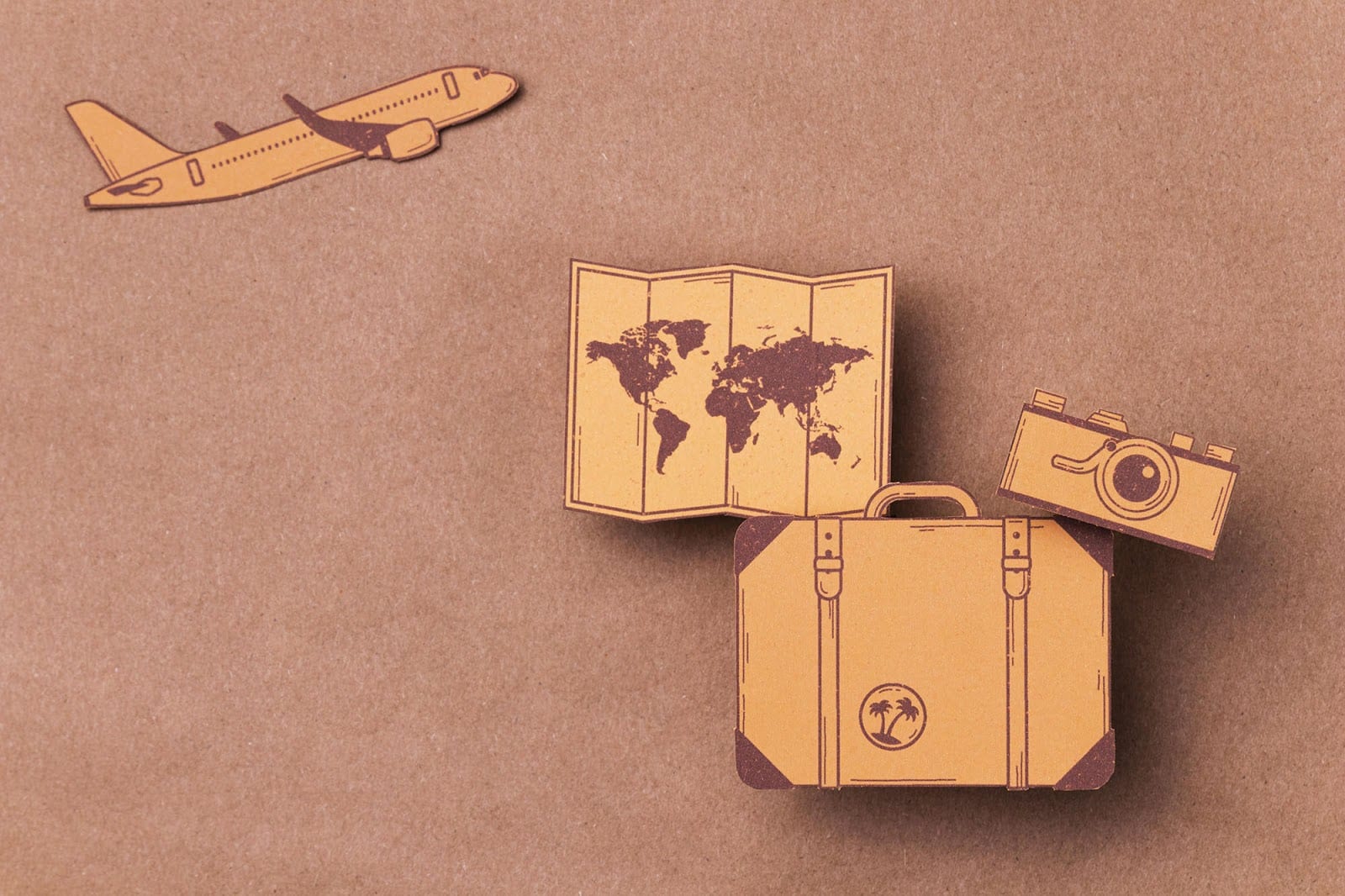
When people view your eCommerce store, they want to add items to their shopping carts and spend loads of money. That is understandable. But what if they choose not to? You can’t always make a customer purchase something on their first visit. What you can do is incorporate them into your eCommerce conversion funnel and begin the process of converting them from prospects to customers.
Easier said than done. All you have to do is optimize your eCommerce conversion funnel and provide a valuable service or product, and you’ll be well on your way to increasing sales, correct? Well, things are a bit more complicated than that.
But first off, what is an eCommerce conversion funnel exactly, and what does it do? Or, more precisely, what do YOU need to do?
eCommerce Conversion funnel explained
An eCommerce Conversion funnel is a terminology that refers to the various steps of a buyer’s journey that lead up to a transaction. “Top of the funnel,” “middle of the funnel,” and “bottom of the funnel” are the three portions of the conversion funnel.
All of these expressions allude to a potential customer’s awareness of a product and how near they are to acquiring it. So, below, I’ll present three different conversion funnel models, but keep in mind that they all have the same purpose and mission.
TOFU, MOFU, BOFU
- TOFU – Top of the funnel (awareness)
This is the top of the marketing funnel, which indicates that the visitor is in the awareness stage. They may not be aware of your brand or the products or solutions they require. The user seeks information and answers during this stage, which is frequently translated as “I have a problem and am looking for possible solutions.”
The user may want to investigate a hobby or interest, preferring content that entertains and informs. Perhaps they saw something on TV or online that piqued their interest. During this phase, your responsibility is to provide educational and exciting content that your visitor desires.
- MOFU – Middle of the funnel (consideration)
The MOFU consumer sales funnel has defined their problem and whittled down their options. They’re starting to consider your brand as a potential choice. However, they are still comparing various brands and may be considering other options.
MOFU represents a smaller and more competent share of your audience because many of your TOFU visitors will innately drop out of the funnel. However, they are aware that your solution exists and are eager to learn more. What are the advantages and disadvantages? What characteristics should they look for? Are there any options that they aren’t aware of?
Because MOFU visitors are still investigating how to solve their problem, it is critical not to oversell during this stage. Instead, provide them with the information they require to proceed and assist them in sorting through all of their concerns.
- BOFU – Bottom of the funnel (decision)
Your bottom-of-the-funnel prospects are well-qualified and on their way to making a purchase. They’ve decided to commit to sticking with you through the two higher funnel stages, making this your narrowest and most profitable prospect funnel. They need a little extra encouragement to buy: extra reassurance, extra incentives, and extra urgency.
Your BOFU searchers are heavily focused on branded search, including product-specific searches and keyword reviews. But, on the other hand, they want proof that your solution will deliver outcomes and is the one they should most definitely buy.
At this point, your potential customer is ready to reach out. However, this isn’t a justification to approach them with a hard pitch because, let’s face it, hard selling doesn’t work anymore. Instead, you’ll close the deal if you take a consultative approach to assist them in making a decision.
Did you know?
According to HubSpot, 50% of people aren’t ready to buy just yet, even if they convert somehow. So instead of bugging them with conventional sales techniques like cold calls, you might employ nurturing campaigns, which are time-based emails delivered to your audience to tell them of an offer and, over time, urge them to take some action such as taking advantage of your offer.
But for now, let’s stick to our conversion funnels and see what else we can learn about them. The second conversion funnel that is identical to the first one that we’ve just talked about is this one: ?
eCommerce sales funnel
Now that you know a bit about the general marketing conversion funnel that we’ve discussed above, it’s time you find out about the eCommerce sales funnel.
An eCommerce sales funnel refers to the various steps of a buyer’s journey that lead up to a transaction. The funnel metaphor depicts how the quantity of potential clients decreases as they progress down the conversion channel.
In other words, in e-commerce, a sales funnel depicts your clients’ path from first learning about your brand to making a purchase. Every company has a unique e-commerce conversion funnel based on how its customers interact with it.
As I’ll explain below, the steps are the same as the first one, so it’s important to remember that they are pretty much the same thing.
During the purchasing process, your visitors go through three critical processes commonly characterized using one of the most basic customer journey models created by HubSpot. Awareness, Consideration, Decision.
You should be aware that every model can be applied to eCommerce, B2B, you name it. It’s only a matter of preferences. In addition, these models can be adapted to any business or vertical.

Let’s break down each one of them separately and see what they exactly mean.
- Awareness
The first stage in your conversion funnel is to raise awareness. This is the section that does what it claims. Increases the number of people that are aware of your company. At this point, you can attract visitors by raising the exposure of your website in the hopes that they will learn about your offerings. Ads, social media, content marketing, and other methods will help you do this.
- Consideration
The actual effort comes once you’ve attracted visitors to your website. First, you must pique people’s interest in your products. How? Starting with relevant content, appealing visuals, and special deals is a good place to start. The goal is to encourage interaction between you (the website) and your visitors, most likely unfamiliar with you. Another smart technique to pique their interest is to suggest they sign up for your newsletter.
- Decision
The decision-making stage of the buyer’s journey is the ultimate conversion stage when your prospective buyer takes a decision based on their research. Your goal is to assist them in making a good selection and eventually to become a client. The complete conversion occurs at this point.
As always, make sure you can answer the following questions about each stage of the journey:
- What do your customers like best about your service?
- What is it that scares them away?
- What is the number of people involved in the decision-making process?
- What factors go into making a decision?
AIDA Sale’s Funnel
And now, because you’ve probably already done your research on conversion funnels and ways to retain customers, let’s dive deeper into the well-known AIDA sales funnel and the last from our conversion funnel list.

- Awareness
The early phase of the funnel, similar to awareness in the customer journey, is where the buyer must be made aware of what your brand offers. Unless you’re a well-known brand like Coca-Cola or IBM with a long history, you’ll have to put in a lot of effort to raise awareness among your target market. Display ads and banners aid awareness in digital marketing. It’s also a good idea to advertise your website on television.
- Interest
Interest is a component in the client journey that indicates the passion you can elicit in your buyer for your product. Here, social networking and paid search can be beneficial. Think about this stage as if you are in a store and you’re looking at something you’re interested in, and a salesperson approaches you and says, “May I assist you?”
- Desire
This stage entails establishing a trusting relationship as well as a willingness to acquire. The goal is to create a welcoming and relevant environment that will encourage your prospect to progress through the sales funnel. You may use personalized, engaging email campaigns to aid you: you can send unique offers, case studies, or client testimonials that reassure your visitors and encourage them to take action.
- Action
This is the crux of the matter, the last and most important stage in your sales funnel. Your visitors have now completed the conversion funnel and begun interacting with your brand by downloading something, subscribing to something, or even reaching out with questions about your goods or services. Now it’s up to you to persuade your prospects to convert by purchasing or taking a different course of action.
Why is understanding the 4 Stage AIDA model so important in your buyer’s journey? Because it teaches you that advertising is an investment rather than an expense. The investment is in brand building, and your brand value aids the buyer’s journey to purchase across the AIDA funnel.
Now that we’ve detailed three conversion funnels, you need to remember that they all share one specific goal: to describe the necessary steps that are required to move a customer from the awareness stage to taking action and ultimately leading to a conversion.
But you surely must be asking yourself what tools are there to measure and analyze your conversion funnel. Well, let’s see!
What tools to use to analyze your Conversion Funnel?
Is money seeping from your sales funnel? How do you know if it is?
To optimize your eCommerce sales funnels and increase conversion rates, you must track and analyze them. Let’s see what tools you can use to do so.
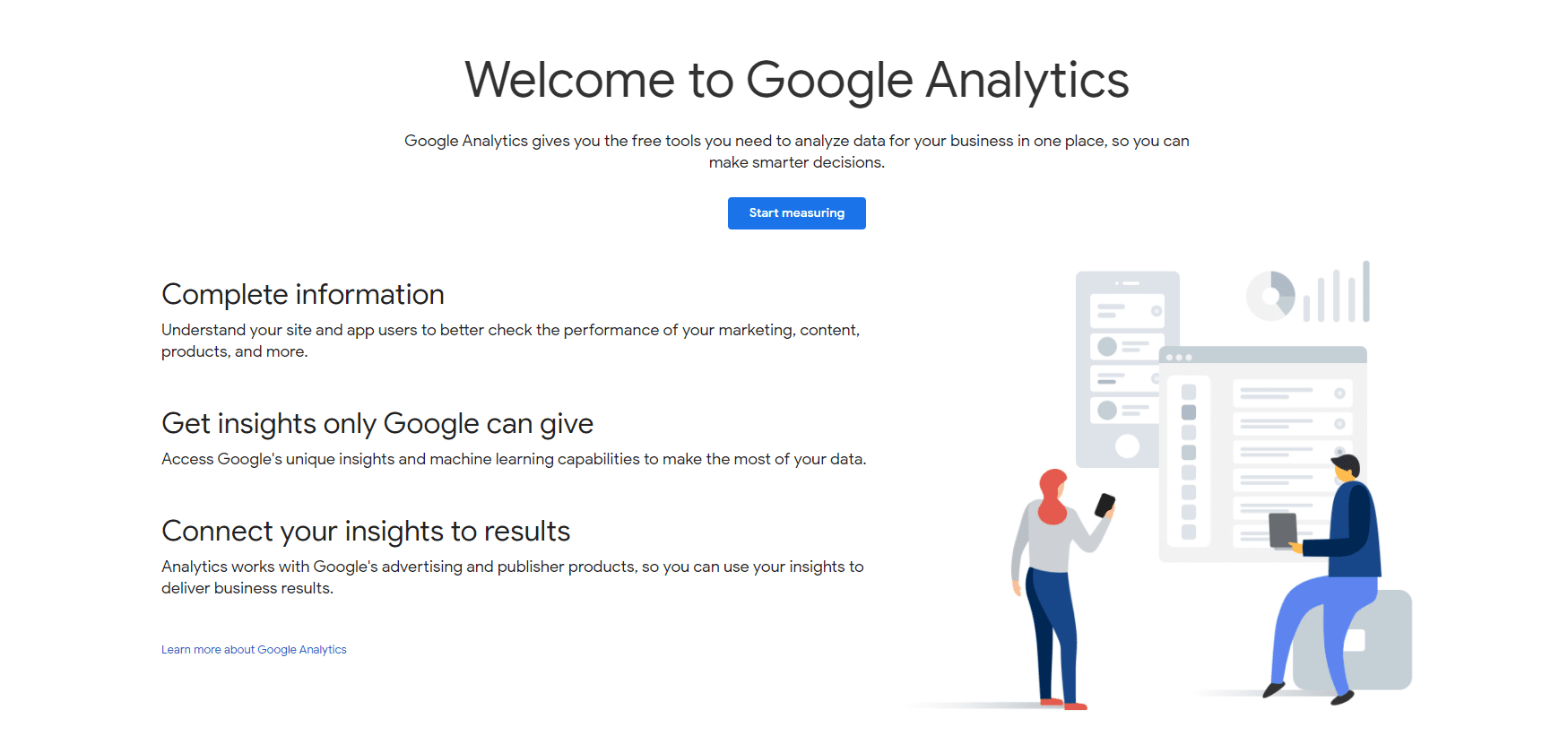
Google Analytics is, without a doubt, the most popular analytics tool on the internet. Their funnel visualization reporting feature allows you to visualize the full conversion/sales process, from lead generation to post-sales follow-up.
Goal funnels (non-transactional), sales funnels, multi-channel goal funnels, and multi-channel sales funnels are the four types of funnels you may track with Google Analytics.
Setting up objectives and funnels in Google Analytics takes some practice, but it’s a tremendously powerful tool if you get the hang of it. What’s even better? It’s entirely free.

Visitor Analytics is a user-friendly CRO toolbox that includes a top-notch conversion funnel feature. It enables you to track funnel dropouts and determine which stages led to their exit and why.
It’s quite simple to design funnels with Visitor Analytics. All you have to do is decide which page is the first and which is the last in your funnel, and the tool will take care of the rest. You may make many funnels, each of which takes only a few minutes to complete, making it ideal for beginners.
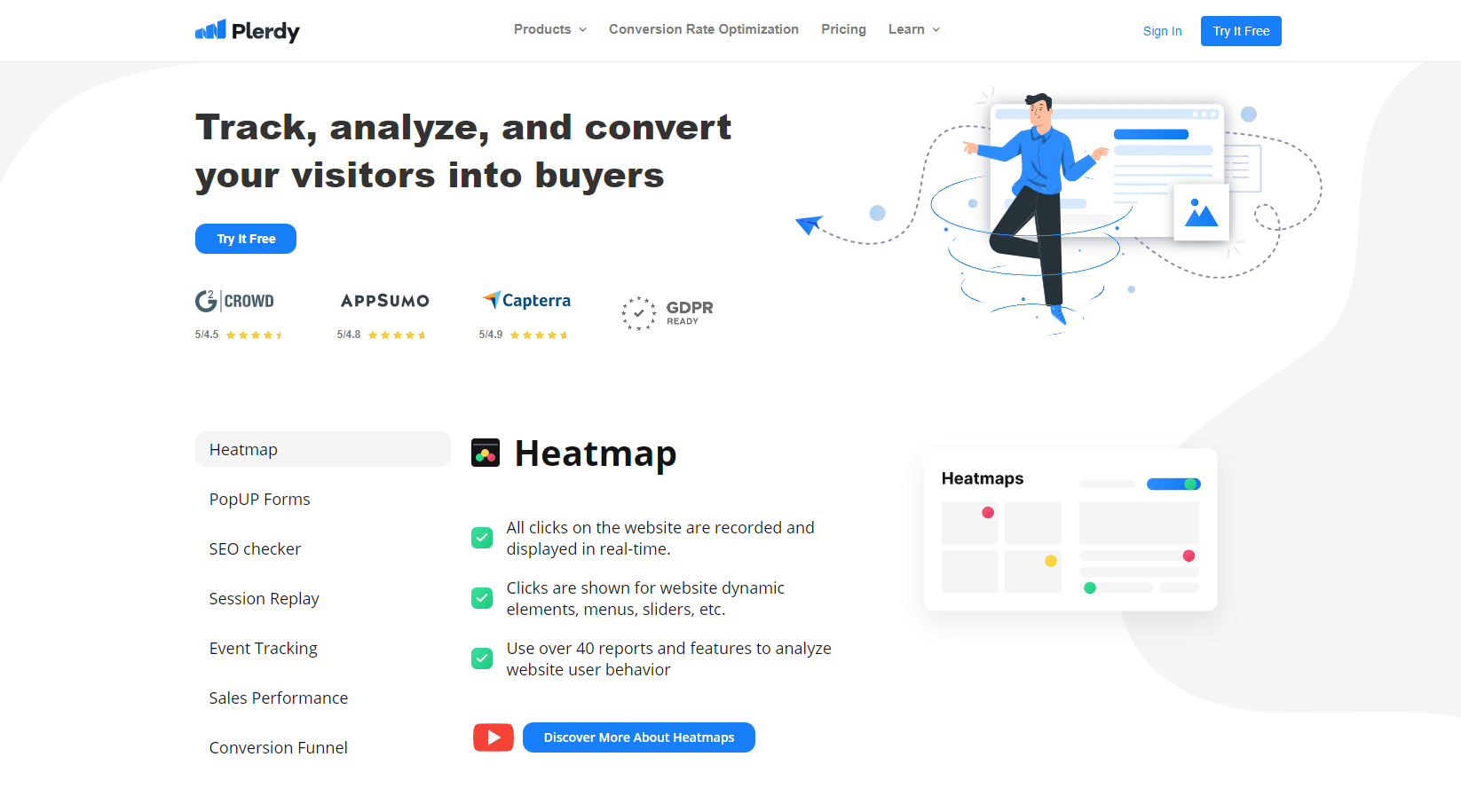
Plerdy is a conversion rate optimization solution that also contains a conversion funnel analysis tool. You can use the conversion funnel analysis tool to learn more about your customers’ journey.
The tool generates extensive visual diagrams so you can immediately see trouble areas and figure out which elements of your funnel are driving clients to leave.
Plerdy provides a heatmap tool, an SEO checker tool, and an event and goal tracking tool in addition to the conversion funnel analysis tool, all of which can help you optimize your sales funnel.
Now that you know why you need a well-established conversion funnel and how to analyze it let’s find out how to retain your customers and make them stick around for more.
Above and Below the Conversion Funnel: Retaining your Customers
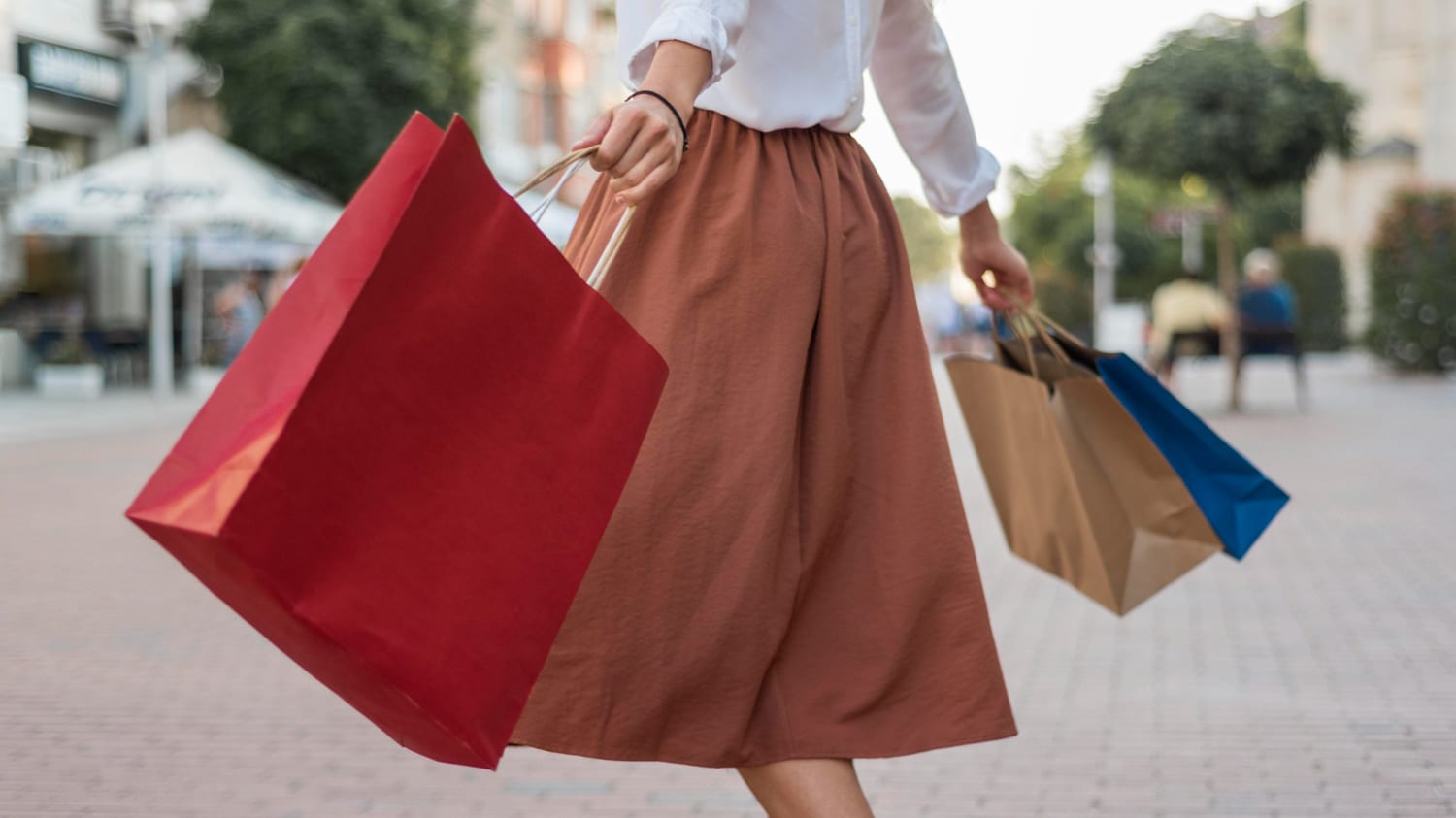
Did you know?
It costs 6–7 times less to keep current consumers than it does to acquire new ones.
So, for now, we know that a conversion funnel aids in the placement of the appropriate content at the different stages of your funnel to attract the correct audience to convert and bring in revenue for your company. We also know that having high-quality content and a steady stream of website visitors is critical for any business.
However, you can only steer visitors toward the desired goal and quantify the return on investment by positioning the content, separating it into attractive user journey stages, and establishing audience goals (ROI).
So, how can you go about doing it?
Let’s picture the following scenario. You have a new client. Awesome! Now it’s up to you to keep them devoted to the company and, ideally, turn their friends and family members into clients as well. The more, the merrier, right?
Your goal should be to keep users who have converted committed to your brand. So what’s your strategy to do this? Customer service is the key to success at this point. Once a visitor becomes a customer or a user of your services, you should reward them with loyalty discounts, customized newsletters, and different offers.
To do so, you can use the following outreach and content techniques:
- Content for emails and newsletters
- Special offers, insider information, and special how-to content
- Customer service
- Discounts for referring a friend
But how do you know how your buyer will behave? What are their needs and wants? What triggers them into actually buying that product or service? This is where the consumer journey steps in.
Understanding the Consumer Journey

The consumer journey tracks the user’s various touchpoints before completing a purchase instead of the marketing funnel, which is concerned with a consumer’s stage of interest in your brand. Every encounter is a touchpoint, such as visiting your website or opening a marketing email.
We’ve actually written an article about buyer behavior and some of the key factors that influence individuals to purchase a product or service. So we’ve put everything under one big magnifying glass, so to say.
It can be difficult to track a customer’s journey. Finding out exactly what your prospects are up to before buying something from you requires a lot of data, and it isn’t easy to develop a correct picture. However, if you have enough data, researching your clients’ purchasing paths might be quite beneficial. And by research, we mean mapping your consumer journey.
How to Map a Consumer Journey
Remember the funnel stages we’ve discussed earlier? You can create a series of steps that your customer will take based on the above-mentioned conversion funnel stages. What is the ultimate goal? Getting them to convert and become long-term clients is the goal!
It’s crucial to analyze your company’s or service’s goals before designing a customer journey map.
- Decide on a goal
The user journey map’s scope can range from a high-level map that depicts the entire experience to a more granular map that relies on a specific encounter (for instance, paying a bill).
- Create a User Persona
The information you have about your target audience should always be used to construct user personas. As a result, you should always begin with user research.
- Define the circumstances as well as the user’s expectations
The scenario is a description of the issue addressed by the travel map. It might be real or imagined. It’s also crucial to describe what a user persona expects from the engagement.
- Write a list of touchpoints
User actions and interactions with the product/business are referred to as touchpoints. It’s critical to identify all major touchpoints and the channels that each touchpoint is related to. For the touchpoint “buy a gift,” for example, channels could include “purchase online” or “purchase in a store.”
- Take into account the user’s intent
What makes your consumer want to interact with your product in the first place? When people decide to utilize your product, what problem are they trying to solve? The causes for this will vary depending on the user segment.
Take into account the user’s intent. What makes your consumer want to interact with your product in the first place? When people decide to use your product, what problem are they trying to solve?
- Take into account a user’s emotional condition at each stage of the funnel
When a user interacts with your product, how do they feel?
The state of mind of our users should be reflected in the products we provide. This understanding will help us connect with users on a human level when we consider their emotional state.
- Validate and improve their experience
True stories, not fairy tales, should emerge from customer journey maps. Therefore, it’s critical to validate a user journey, even based on user research. Make sure your journey mimics a real use case by using usability testing sessions and app analytics data.
How to Optimize Your Content for Every Stage of the Funnel
- First Stage of the Funnel – Attention
In this context, the following sorts of material can improve conversion rates at this stage:
- Social media content curation: make it simple to share your content on social media to broaden its reach.
- Blog posts: informative articles with expert advice provide a lot of value to potential consumers who are looking for solutions to their problems, as well as being a powerful SEO resource.
- Infographics: Most blog post ideas can be presented in a visually impressive infographic containing statistics and facts.
- Second Stage of the Funnel – Interest
You begin to cultivate the relationship with the potential user at the second step of the funnel, and your education on your offering becomes more intense.
At this level of the funnel, you can optimize shareable material with high learning potential, such as:
- Case Studies
- Ebook Guides
- White Papers: Sheets offering scientific proof of your product’s efficiency, based on statistical data.
- Third Stage of the Funnel – Desire
As previously stated, this is the stage at which you get to know the user who is about to convert.
At this level, the key to optimizing the content is to close the gap between the free value offered and the product/service. Consider the following techniques:
- Webinars: Giving your audience events and workshops is a great method to improve their desire to convert as well as create trust.
- Free discount codes: A limited-time offer creates a sense of urgency and is a well-known FOMO (Fear Of Missing Out) method for attracting clients.
- Client testimonials: Customer testimonials and reviews can be shown on-site at the end of the funnel, or they can be transformed into a series of newsletters and emails.
- Fourth Stage of the Funnel – Action
After many pitching, demo delivery, and follow-ups, it isn’t easy to see your leads jump out of the sales funnel without paying. When this happens, the only thing you can do is go over the leads from stage 2 again. Furthermore, concentrating on those who are going to become consumers.
Now is the moment to make the finest offer possible to convert those leads into clients.
Congratulations, your leads have made it to the bottom of the funnel and have become customers. However, this isn’t the final step in the process. Thank your customers for doing business with you. Request their feedback and assure them that you are still available to assist them in the future.
Let’s take a look at some of the most effective forms of conversion funnels used by some well-known businesses in their field.

When a customer visits Netflix’s home page, they are greeted with an intriguing offer to get the whole streaming service’s content for free for 30 days! Also, it’s safe to say that the ability to cancel your trial at any moment without having to pay is a nice bonus.
The user’s attention is drawn to the conversion funnel right away. Of course, Netflix is a globally recognized brand. Its goodwill works to its advantage – but that’s precisely why they keep their conversion funnel simple, with only the bare minimum of information required to persuade consumers to convert.
Go through the complete Netflix sales funnel approach to understand more about it.
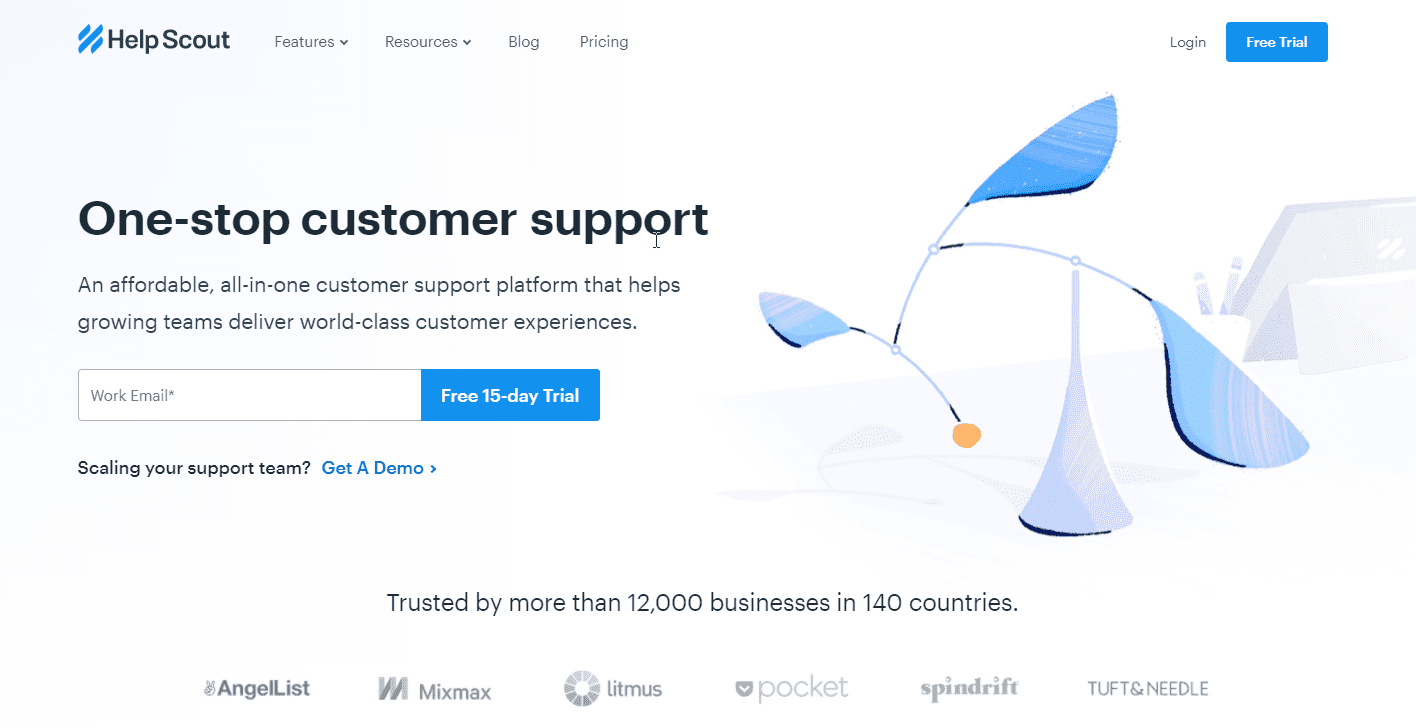
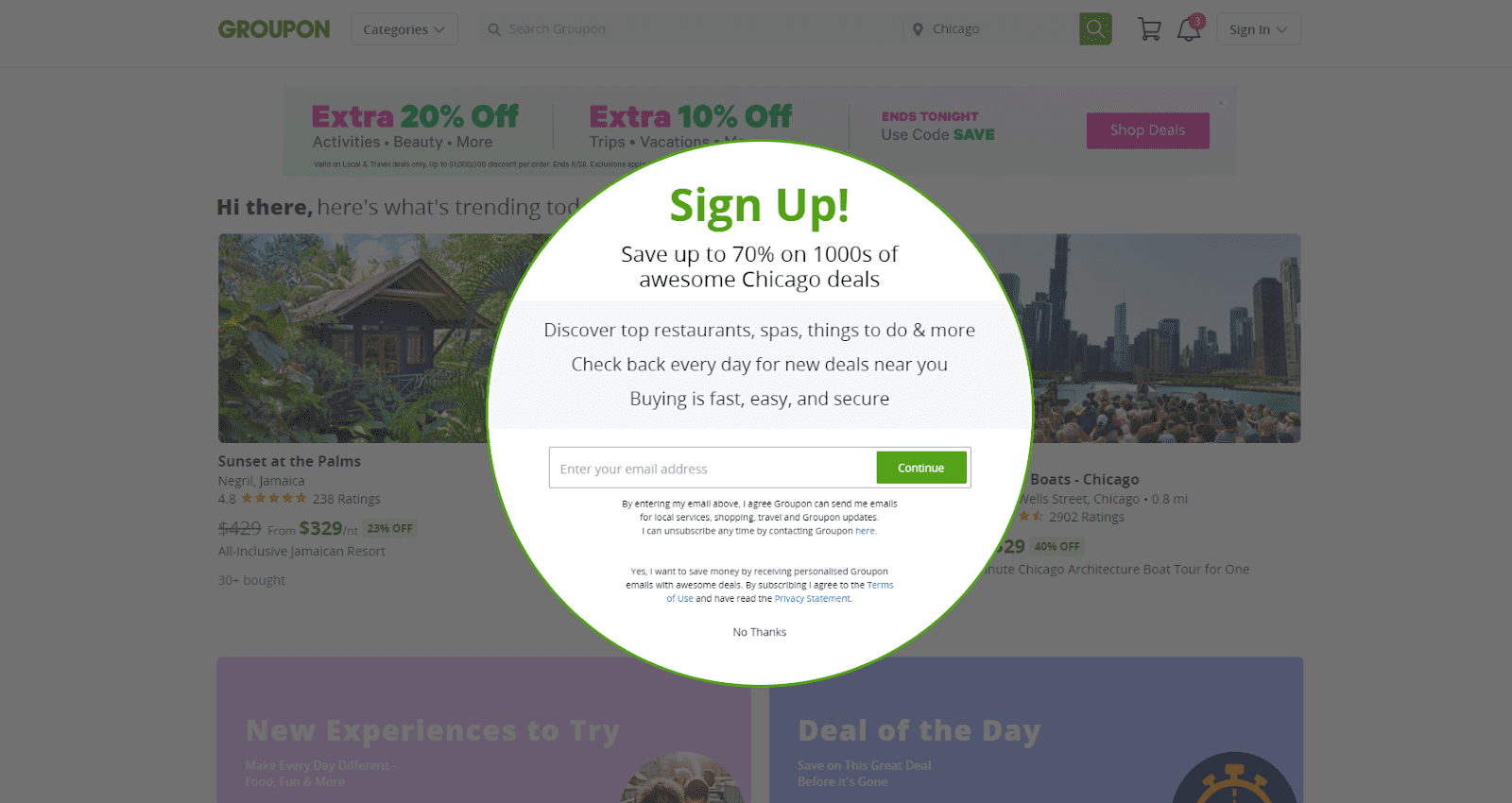
Groupon is a massive company that reaches millions of customers each month. On their website, they feature a clear and conspicuous email opt-in pop-up. (see the screenshot above) On their first visit, visitors will see this pop-up on their homepage and leave their email addresses.
This pop-up is part of a long-term plan they’ve been employing. Since they’ve continued to use it over the years, it’s helped them grow their audience. So let’s take a look at how the rest of their sales funnel works.
Groupon gets its traffic mostly from ads, referrals, affiliates, and so on. Visitors are enticed to offer their email address by a pop-up on the webpage, where they can save up to 70% on restaurants, spas, products, and other deals just for joining up. There’s a clear CTA to entice you to click on a bargain you like on Groupon.
Take-Home Message
In the world of business and marketing, the marketing funnel and customer journey maps are two buzzwords you’ve probably heard a lot about. These notions are closely related, yet they are not interchangeable.
The customer journey is a precise overview of every step a lead takes on their way to becoming a paying customer. In contrast, the marketing funnel is a model that organizations use to sell leads at various buying cycle phases.
Using these two together is a strong approach to target your marketing materials to the correct leads while making the process smoother and more user-friendly.
Gabriella is a Digital Content Writer and Marketer with a zeal for all things WordPress. When she’s not researching and drafting the upcoming articles, you can find her in the open air exploring the outdoors with her dog.
Comments are closed